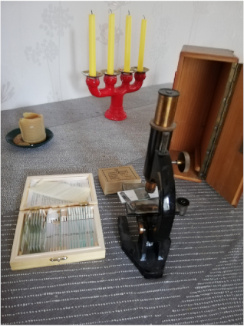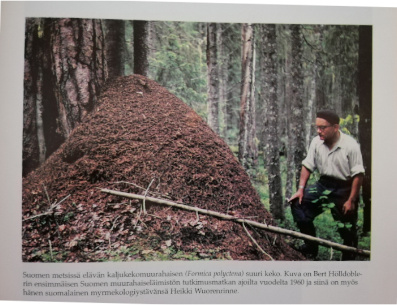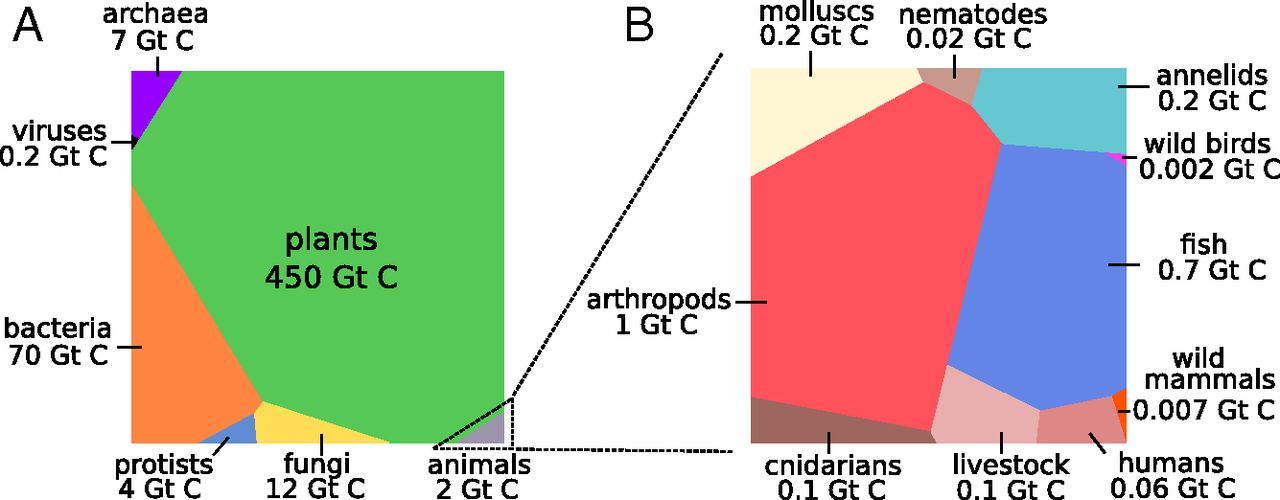
Dad had a microscope at home, it was bought second hand after the war, and he also had lila-stained cross-sections of plants which he made during his study. Those were made with a microtome.
He sometimes showed me how to look at the antennae of beetles and mosquitoes with a microscope. Also blood cells from a blood sample and live daphnia.
As a little boy, I made a microtome cutter from screws, nuts, and old razor steel and candle wax, and I did some thin cuts, which I then began to examine under a microscope. I was of course not able to do stepwise ethanol solutions, no paraffine and no staining, it would have been quite laborious and there were no shops for those ingredients around in the rural place where we lived.
Then came the 20-year stop for this hobby. Internships, military, study and frequent changes of residence. Now From time to time, interest arises sometimes, I made myself a small tapered funnel of thin cloth, to which I attached a small jar, so that I used it to get water larvae from the pond into a water jar, and then I looked at these fleas with a microscope.

After a long winter an anthill woke up from hibernation. The sun is shining.
In my orienteering hobby, I sometimes encounters anthills in Finnish forests. And when I still did some cycle tours around Finland, I was able to say that every single space in the woods is overrun with ants and mosquitoes. Finland's largest anthill is about 2.6 meters high. I bought the book by Bert Hölldobler and Edward Wilson about Ants. From this book I was able to read, for example, that the combined weight of all the ants in this worls is roughly equal to the combined weight of all the people of the globe.

When you compare the combined weight of all ants and humans on earth, you inevitably also think about how the total weight of Humans relates to the total weight of trees and fish, for example. Surprisingly, it is a fact that the largest share of biomass is Plankton, so "mirky water" has the largest share of all biomass of the globe. A total distribution of the different biomass is in the graph.
I have only half of our genes from my parents in common with my sisters. But the grandchildren of one grandmother, that is the cousins, have only a quarter of the genes between them. The situation is quite different again for ants, in that society there are three-quarters of similar genes between one ant and her sister. So ants are not clones. So for example, if my sister were falling into a raging river, I would be quite willing to jump after her to save her because she is such a close relative. Between the cousins there is much looser relationship, so I wouldn't jump after them. But if an ant sees his sister in distress, he would still be 50% more willing then a huma being to save his sister because his sister is a much closer blood relative. This leads to the how? and why? of genetics.
If you dont want to say I dont understand to a child, you re looking for a simplification
that may not match the facts. 40 years ago, when we went to school, we were already learning about plasmids,
the citric acid cycle,
Dad talked about citric acid production at Jungbunzlauer factory with the help of Escherichia coli.
But science has moved on My dad was a chemist, but he told me, On the labour market for chemists there is nothing to have, most chemists are taxi drivers, I'd like you to prefer study engineering science! but perhaps
some interest in chemistry stayed. Before the war, an attempt was made to reveal the secrets
of photosynthesis. And today, it is shown exactly how all your metabolism works, as shown on this website.
So next time a child asks, tell him to look at KEGG metabolic pathways.